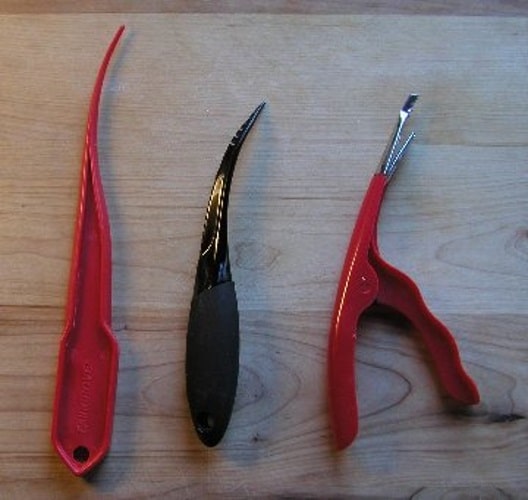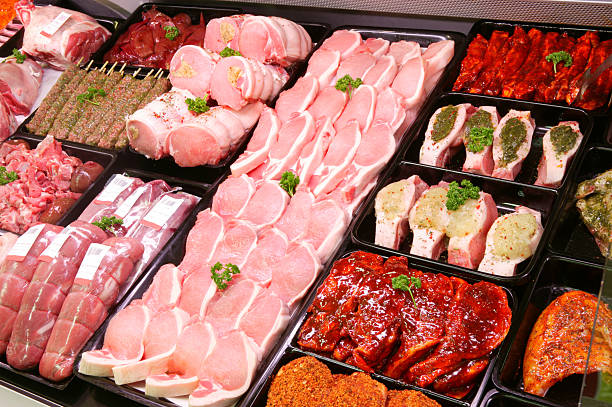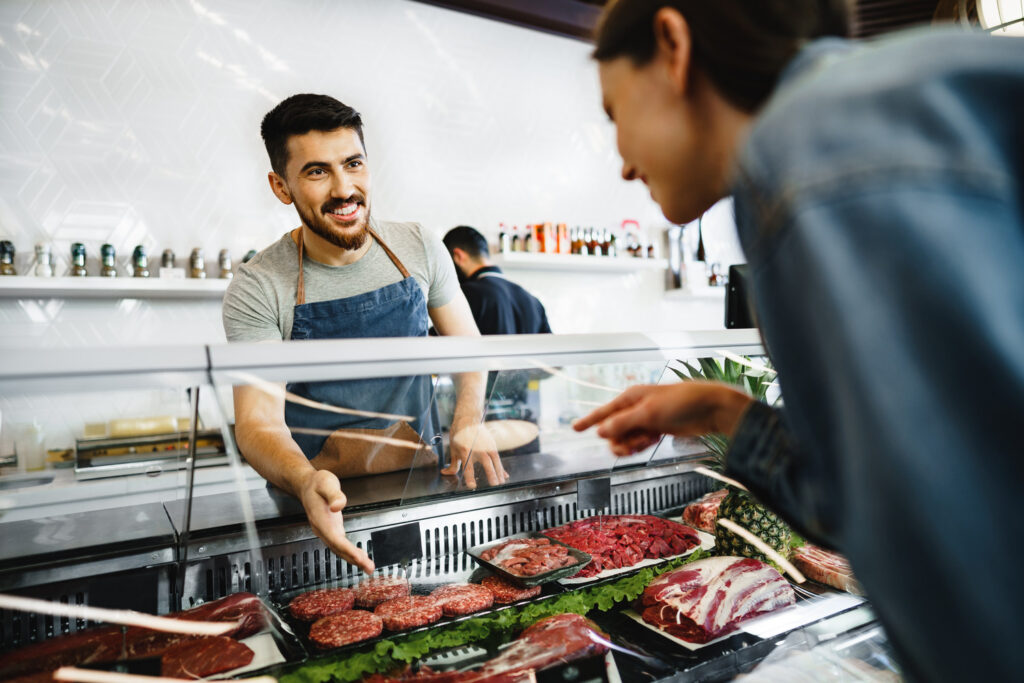Not all shrimps are the same. There are, in fact, more than 300 known species of shrimp in the world. Each type comes with its own flavor, texture, and suitable cooking techniques.
Tips for Buying
Fresh or Frozen?
The first thing you have to decide is whether you’re buying fresh or frozen shrimp. As with any type of food of course, fresh is always best. However, fresh shrimp is highly perishable and should be eaten within 24 hours after you buy them. If you don’t really live somewhere you can actually find fresh shrimp easily, frozen is the way to go and this extends to all seafood.
Most grocery-bought shrimp are frozen ones that have been thawed. Unlike fresh shrimp, thawed shrimp can last a couple of more days on the shelf. If you need to stock up on shrimp but wouldn’t be bringing them all out until after several more weeks, frozen shrimps (unthawed) are your safest bet.
Buying Fresh
When buying fresh shrimp, make sure it still smells of salt water. Any hint of a scent similar to ammonia means that it’s already past its prime. Also avoid pink meat; fresh shrimp should have an almost translucent meat. Unless you’re buying black tiger shrimp, your shrimp shouldn’t have any black rings or spots on them, as these would mean the meat is already breaking down.
Buying Frozen
If you can help it, don’t buy peeled and deveined fresh shrimp; shells protect the meat’s texture and flavor. However, if you’re perhaps in the food business and you really need your shrimps peeled and deveined, make sure you’re buying from a trusted supplier.
When defrosting your frozen shrimp, never do it at room temperature nor in the microwave. The same goes for any type of shellfish you plan to thaw. Instead, put it in the refrigerator or place in a bowl of ice cold water. Remember that improper meat defrosting practices can lead to food contamination.

Tips for Deveining
Why De-Vein?
The black “vein” that you see along the back of the shrimp is its digestive tract. These are, in fact, edible.
While it’s not really necessary to de-vein, it’s really all a matter of taste and aesthetics. These veins, especially the ones in larger shrimps, can taste a bit gritty and “dirty” when eaten.
Chefs also prefer to de-vein their shrimps because they look better that way. Most cooks won’t really bother with smaller shrimps, unless they’re going to ruin the plating.
How to Devein?
It’s usually easier to de-vein shrimps while uncooked. You can de-vein your shrimp with or without the shell on. Just use a de-veiner or the tip of a small knife, run it down the back of the shrimp, then pull out the vein.
Tips for Cooking
Shrimps can be boiled, steamed, fried, baked, or sautéed. They can be cooked deveined or not, with or without the shell.
Though it can be cooked in a variety of ways, there’s one thing you have to keep in mind: you have to cook your shrimp quickly to preserve its flavor and texture. Overcooking can easily ruin it.
Most shrimps are done cooking in as little as three minutes. Just look at the color of the meat for you to know—once they’ve turned pink, they’re cooked.
Here are some cooking tips you’ll find handy:
- When frying, remove the shells first. Don’t fry with the shell on or they’ll stick to the flesh.
- When boiling shrimp, add about three tablespoons of salt to the water. Boil until the shrimps aren’t glossy anymore and until the center has turned opaque. (Medium shrimps usually take 3 to 4 minutes; larger shrimps take 5 to 7 minutes; jumbo shrimps can take up to 7 to 8 minutes.)
- If you need to cook your shrimp but will have to set it aside to be used later on for your recipe, plunge into cold water to stop the cooking process. This way, the shrimp won’t overcook and become tough and dry.
- When grilling, brush shrimps with some olive oil and add your seasoning. Grill just until the flesh turns pink, about 3 to 4 minutes. Turn the shrimp only once halfway through the cooking time. Turning them again and again might dry the shrimp and ruin the meat.





